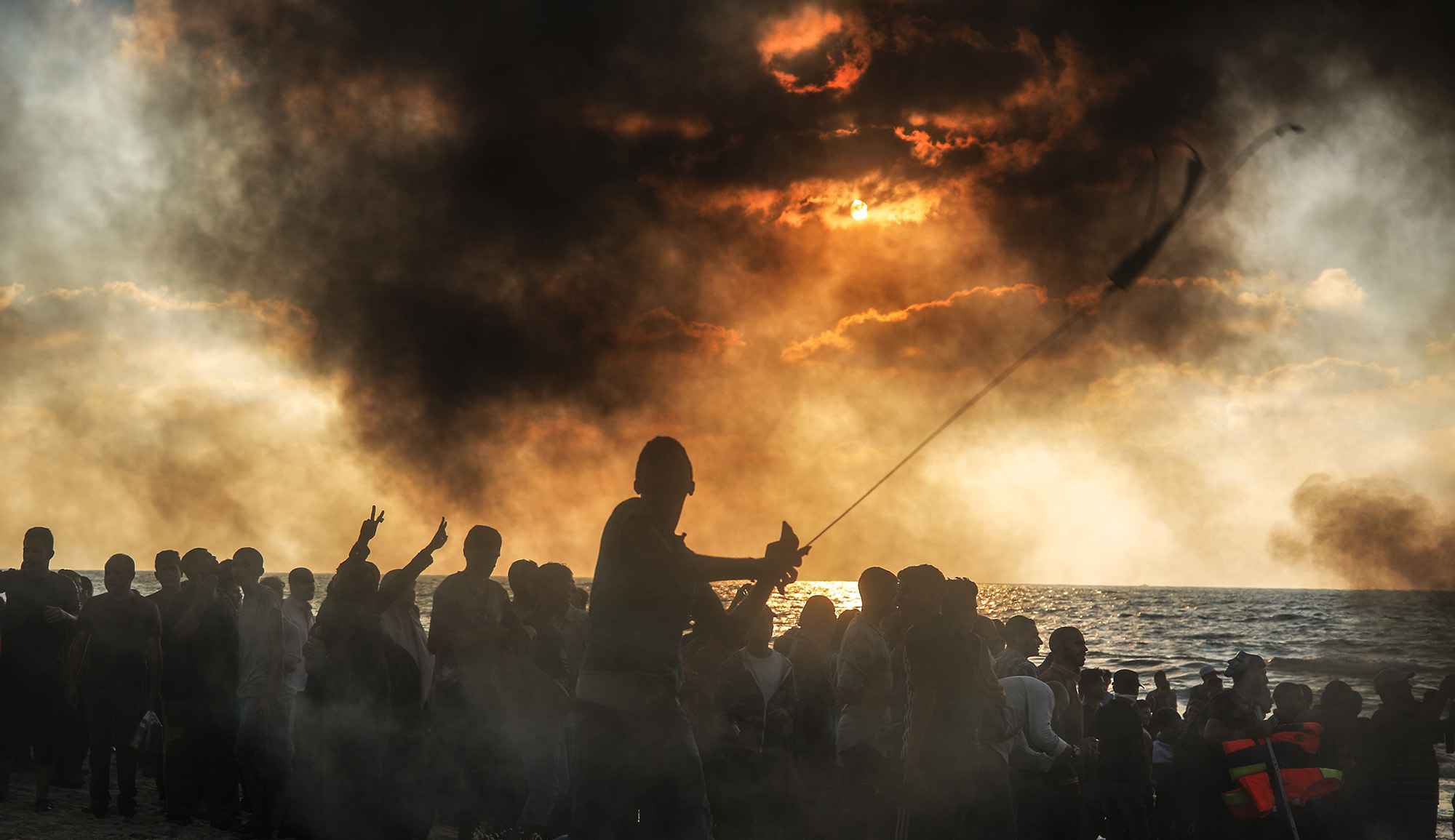In 1981, a psychiatrist named Lorna Wing coined the term Asperger’s syndrome to describe a peculiar combination of normal or above-normal intelligence, obsessive interest in a few narrow topics, and a severe deficit of social skills. She had taken the name from the Viennese pediatrician Hans Asperger, who did some of the earliest research on the connected condition of autism. In a new biography of Asperger, Edith Sheffer has uncovered his disturbing activities after Hitler took over Austria. Simon Baron-Cohen writes in his review:
Hans Asperger has long been recognized as a pioneer in the study of autism. He was even seen as a hero, saving children with the condition from the Nazi killing program by emphasizing their intelligence. However, it is now indisputable that Asperger collaborated in the murder of children with disabilities under the Third Reich. . . .
These findings cast a shadow on the history of autism, already a long struggle toward accurate diagnosis, societal acceptance, and support.
With insight and careful historical research, Sheffer uncovers how, under Hitler’s regime, psychiatry—previously, [at least in theory], based on compassion and empathy—became part of an effort to classify the population of Germany, Austria, and beyond as “genetically” fit or unfit. In the context of the “euthanasia” killing programs, psychiatrists and other physicians had to determine who would live and who would be murdered. It is in this context that diagnostic labels such as “autistic psychopathy” (coined by Asperger) were created.
Sheffer lays out the evidence, from sources such as medical records and referral letters, showing that Asperger was complicit in this Nazi killing machine. He protected children he deemed intelligent. But he also referred several children to Vienna’s Am Spiegelgrund clinic, which he undoubtedly knew was a center of “child euthanasia,” part of what was later called Aktion T4. . . . Sheffer argues that Asperger supported the Nazi goal of eliminating children who could not fit in with the Volk: the fascist ideal of a homogeneous Aryan people. . . . Nearly 800 children were killed in Am Spiegelgrund. Asperger went on to enjoy a long academic career, dying in 1980.
More about: Euthanasia, History & Ideas, Medicine, Nazism, Psychology


